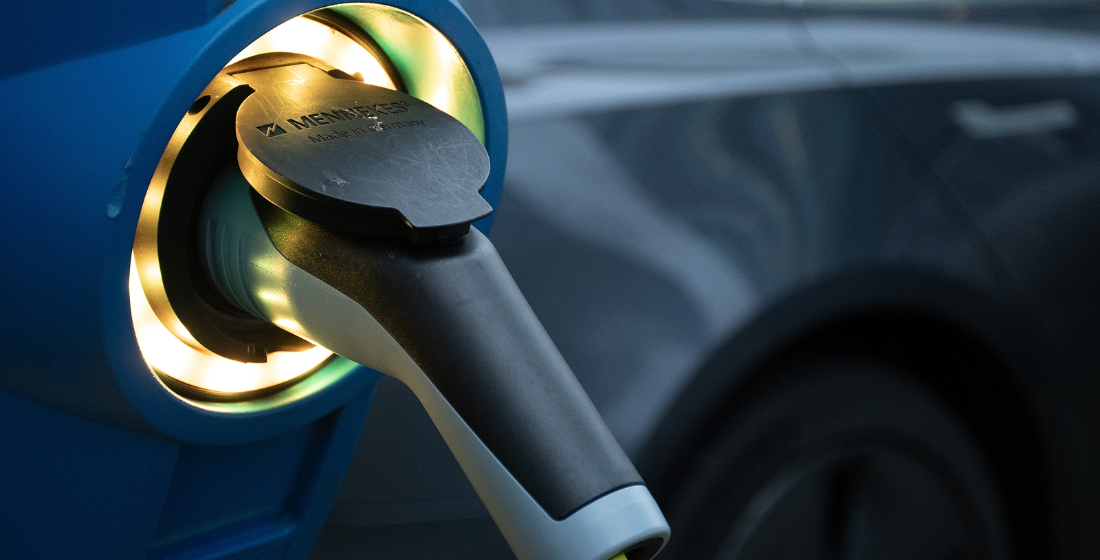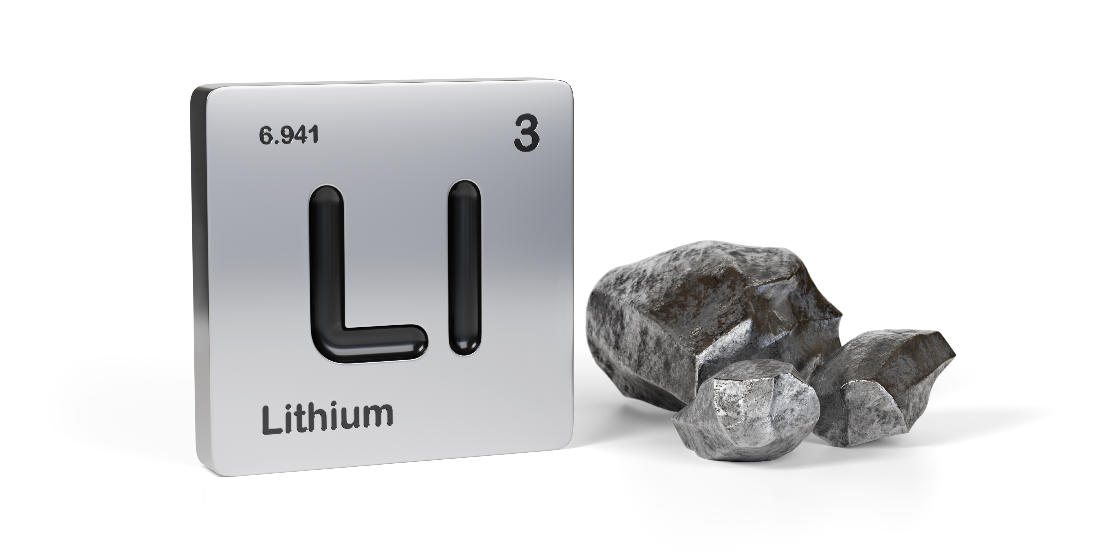How development banks can speed up the electric vehicle transition
The EIB is providing a loan to fund the roll out of 8,500 charging points across Spain. The support is the latest in a growing number of DFI-backed deals designed to catalyse Europe’s lacklustre electric vehicle transition.

Earlier this month, the European Investment Bank (EIB) signed a €35 million financing agreement with Endesa to part fund the installation of EV charging stations across Spain. The deal is among a number DFI financings that have closed in Europe’s electrical vehicle (EV) market in recent months, and serves as a good example of the kind of role development banks can play in speeding up an EV transition that has taken longer than expected to take root.
“We finance only projects where we see market failures and that are aligned with our policy; we try to get where there’s a need for us,” says Stephane Petti, transport innovation expert in the EIB’s Mobility Department. “For charging infrastructure, this comes as part of some general market failures. First, the negative externalities of the transport haven’t been internalised, so the pricing isn’t right yet. Then there’s the first-mover disadvantage: the first company to invest in charging infrastructure is going to be at the highest risk. So, aligning with our transition towards a climate bank to fund the EU Green Deal, this kind of project is a very high priority for the bank.”
DFIs charge Europe’s EV market
The project, which will be implemented over the next four years, will fund the roll out of 8,500 charging points for hybrid or electric vehicles across the country. The first 2,000 will be installed this year on the main motorway network and in Spain's principal urban areas, with the aim of covering 15,000 kilometres, as well as towns and cities with over 35,000 residents. This will provide electric vehicle drivers with charging points every 100 kilometres and charging infrastructure in the country's main urban centres. The remaining stations will be installed gradually over the next three years up until 2023; with all of the charging points residing on roads or in public car parks with open access for all drivers.
“Every company has a different strategy, but it makes sense to first put the infrastructure in urban areas, where you have smaller electric vehicles that can easily cover those ranges. And as the EV technology improves and their range increases, then you enable the intercity connection nationwide,” says Petti.
The EIB financing will help to speed up the transition toward electric mobility in Europe and to meet the goal of having one million charging points in the EU by 2025, as outlined in January in the European Commission's European Green Deal. To achieve this, studies indicate that Spain will need to expand its network of charging stations from the current 9,000 to more than 120,000.
The DFI-funded deal is among a few to have closed in European market in recent months. In mid August, the EIB also provided a €15 million loan to Munich-based charging services technology company The Mobility House to enable it to push ahead with the R&D for its intelligent EV charging and energy management system, ChargePilot.
Earlier in the month, the EBRD and KfW IPEX-Bank teamed up on a €135 million loan to finance a new plant run by chemicals company Johnson Matthey geared at promoting the electric car industry in Poland. The joint financing comprised a €90 million loan from the EBRD and a €45 million loan from the German bank.
And in late April, LG Chem, South Korea's largest chemical company, signed a $595 million loan with Korea Development Bank, Kexim and NH Nonghyup to expand an electric vehicle battery plant, also in Poland.
The EV transition gathers speed
The heavy DFI involvement in the industry is chiefly driven by the ongoing reticence of the private financing market, with corporate and infrastructure financiers unsure over the industry’s future trajectory. At first, the vehicles were simply too expensive to attract sufficient customers; then there were problems with their performance, such as their range and battery reliability. But those kinks have been ironed out gradually and today there is close to total cost-of-ownership parity between using a combustion engine and an electric one. “And there’s a sweet zone where customers start to see that it’s actually more economic to use EVs for the majority of uses – and that’s where we stand today,” says Petti. “So we now see EV use booming, so we need to make sure there’s sufficient coverage from the charging stations.”
And there’s been a similar lag on the charging infrastructure side of the market. Says Petti: “There was little appetite to invest in charging infrastructure in the absence of electric vehicles, then there were only public charging points with limited resource, and the technology wasn’t sufficiently mature. There was also no clear understanding of where to place the charging points, what the software and power to use to manage them, and what the pricing model was.”
Also, in Europe, there’s been little regulatory instruction as to how to implement the infrastructure. It was up to each country to make up their own rules, and naturally progress has been made at different rates: first there were the early adopters, chiefly the Nordic countries, and now countries like Spain are following in the second wave. The EU’s Alternative Fuels Infrastructure Directive (AFID), first launched in 2014, has sped up the process by laying out a blueprint for unified ambition for the EV infrastructure across Europe. With the EV demand and the regulation now in place, the charging infrastructure projects are now starting to flow, says Petti.
“Over the past decade, we’ve had a few charging infrastructure projects but it’s been very fragmented. And all that is what we’re now trying to fix,” he says. “We’re looking to make sure that all these projects fit into an interoperable network of charging points for European users – this is what the new EU directive demands – so you can drive from Lisbon up to Finland and not have any issues charging your vehicle.”
How DFIs can help
There are more tools than just simple loans that DFIs can proffer to help the market’s evolution. Since the Juncker Plan launched in 2017, the EIB has been able to take on more risk for these kinds of projects, including offering a full guarantee from the European Commission in certain cases. The bank has subsequently updated its armoury of financing instruments to support the EV and other alternative fuels markets better. One such tool is the Future Mobility Facility, which offers a guarantee for high risk alternative fuels projects, covering both the market risk and the borrower risk.
Another instrument is the Blending Facility, which combines a loan from the EIB and a grant from the European Commission. “This really helps for the EV changing market because it covers the additional cost of, for instance, high-power infrastructure (which is a lot more expensive), which really improves the quality and effectiveness of the project,” says Petti.
In order to avoid usurping potential deals from the private financing market, the EIB never finances more than half of an investment’s needs. It designs its support for a project in a way as to offer “signal of confidence” to the market in order to crowd-in private investors, according to Petti. The bank also structures the financing to absorb more of the risk itself, and performs extensive due diligence on the project in order to reassure and attract more private investors. “But we haven’t set a criteria defining when to stop financing the industry and pass it over to the private market,” says Petti. “We revise our lending policy every year when our board defines our corporate objectives.”
The EIB will gradually increase its financing for climate and environmental objectives by up to 50% by 2025, with the goal of ensuring that the bank mobilises at least €1 trillion in investment in the area in the critical decade between 2021 and 2030. It also recently announced its intention to align all its activities with the Paris Agreement; and, to that end, the bank will stop financing fossil fuel-based projects from late 2021.
As well as creating 600 jobs during the implementation phase and a further 40 permanent positions, this Endesa project will help to cut polluting road transport emissions and to meet the goals of the European Green Deal and Paris Agreement, which state that emissions produced by this kind of transport must fall by 90% by 2050. According to the EIB’s estimates, once they have been installed, the new electric charging points will prevent the emission of 57,000 tonnes of CO2 a year.
“We see transport as really at the heart of the green transition, so we’re taking it very seriously,” says Petti. “Hopefully there will come a day when the EIB isn’t required in the financing of the EV charging market, but at the moment that’s quite far down the line.”





